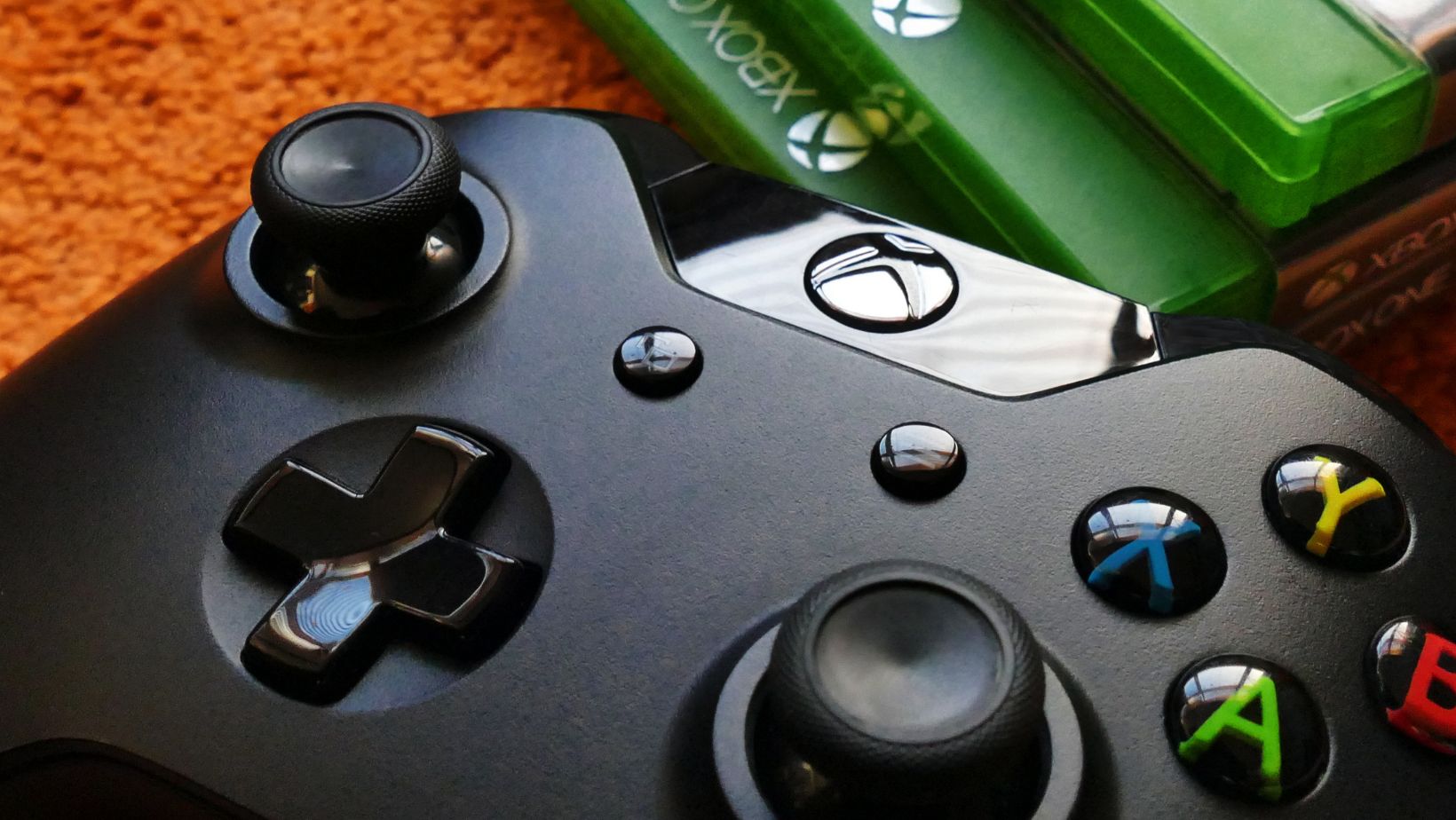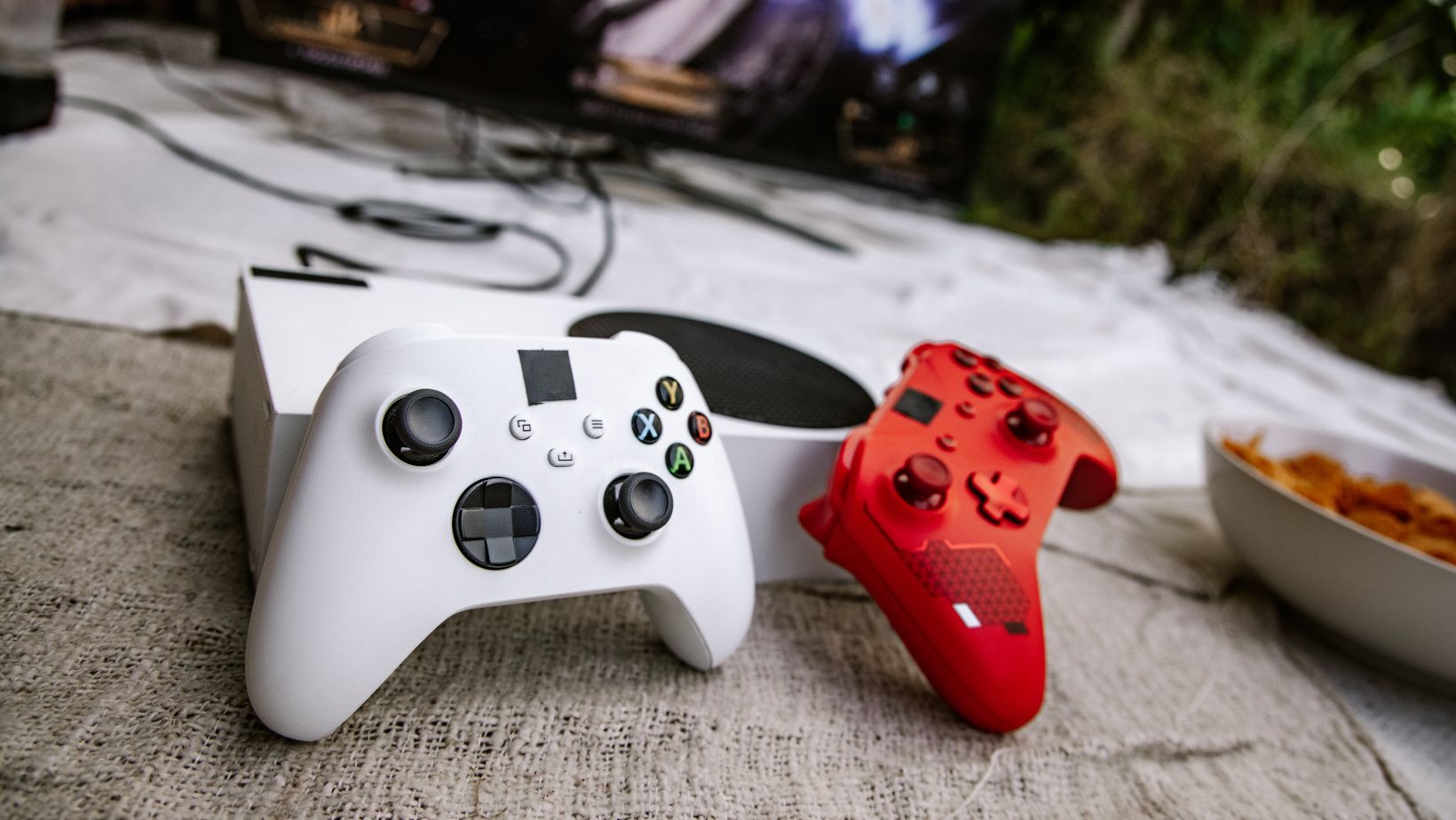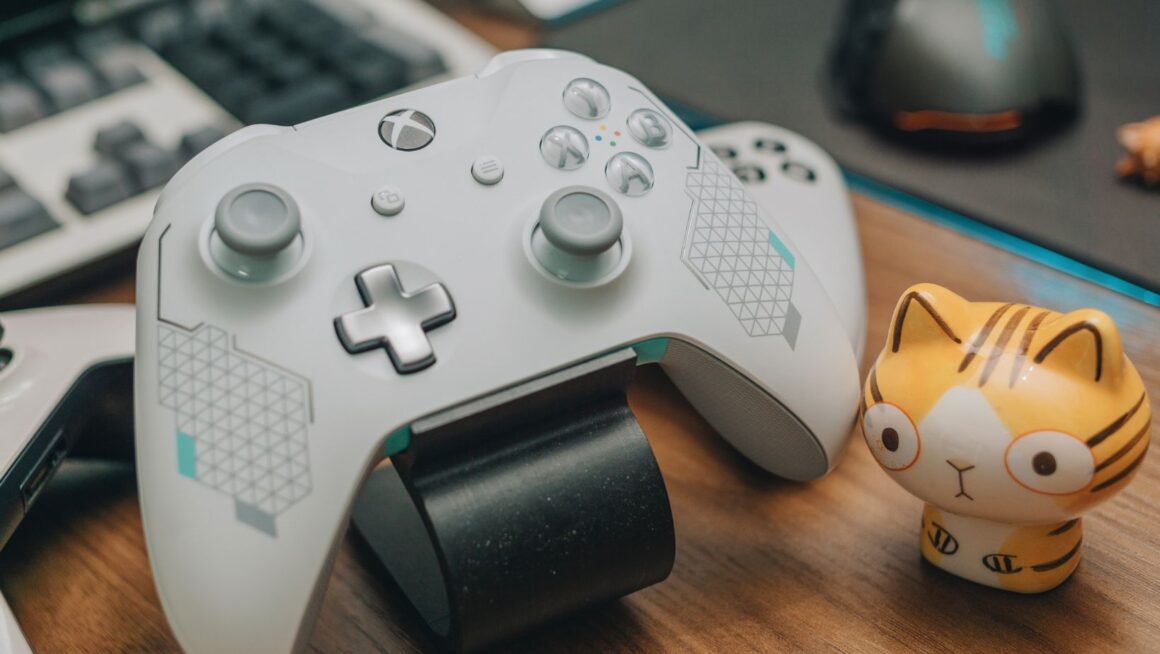In 2001, Microsoft released the first-ever Xbox, ready to compete with some of the gaming community’s most-loved consoles, the Sony PlayStation 2 and the Nintendo GameCube. It proved successful, with new generations, including the famed Xbox 360, coming after it. But although Xbox was becoming a direct competitor to PlayStation, PlayStation had two legs up over Xbox: its established presence and PlayStation Now (now PlayStation Plus)—a video game subscription service that gave gamers access to a library of games that changed every month.
In response, the Xbox Game Pass subscription service was developed to not only compete but also to reposition Xbox after the dysfunctional launch of the Xbox One. Consumers weren’t happy with its shift away from a gaming console to an entertainment hub, and Microsoft needed to focus on recreating the beloved gaming experience people craved.
Fast-forward to today, and it’s evident that developments in the Xbox Game Pass concept have changed people’s perceptions of the service.
The Development of Xbox Game Pass
The novelty naturally attracted many gamers when Xbox Game Pass first came about. The service was released like a slow burn, first allowing certain members of the Xbox Insider community to beta test and provide feedback. After Xbox gave the green light, Xbox Live Gold players (a multiplayer gaming pass) were given access and, later on, the general population.
With Xbox Game Pass, users can play a handful of titles at one subscription price and get access to first-party titles on the retail release date, known as Day One launches. Xbox users could anticipate future releases of sought-after franchises like Gears of War and Halo, which quickly became the main selling point of Game Pass. Because Microsoft also caters to PC gamers, it consequently released Game Pass for PC, boasting 100 games available on launch day. The company also decided to launch Xbox Game Pass Ultimate, which combined both Xbox Live Gold and Game Pass for a more unified experience. Members no longer had to manage two subscriptions if they wanted to access the monthly catalog of games and online multiplayer capabilities.
The appeal only increased after Xbox acquired Activision Blizzard and integrated its games into Game Pass and after Riot Games decided to add its free-to-play titles there too. The Friends and Family tier furthered that success by promoting account-sharing for multiple Xbox users. The Xbox Game Pass model greatly influenced subsequent changes in PlayStation Plus. Whereas it used to be that you would get two free games every month with a PS Plus membership, Sony changed the model and introduced subscription tiers that gave users access to more and more games and exclusive perks the higher the tier.
The State of Game Pass Today
All was fine and dandy until Microsoft seemingly lost focus, just like it’s did in the past. Game Pass began to develop into something that didn’t genuinely care about its users and the greater gaming community—it seemed to become more of a profit generator for Microsoft and a way to bring gamers into its ecosystem.

For one, there have been price increases for both plans. Xbox Game Pass Ultimate (for PC and console access) rose from $16.99 to $19.99/month, while the PC Pass went from $9.99 to $11.99/month. While a 2 to 3-dollar increase isn’t enough to raise hell, the announcement that they were bringing an Xbox Game Pass Standard plan at $14.99 without “day one access” angered users—and the Federal Trade Commission (FTC). They went so far as to call it a “degraded product,” thanks to the added disappointments of Microsoft’s scaling back investments in product quality and output because of employee layoffs. Microsoft is effectively insulting consumers by increasing prices and removing what is most valuable to them at the same time.
For these and other reasons, Game Pass just hasn’t been dominant enough in the gaming market. Sitting in third place behind PlayStation Plus and Nintendo Switch Online in terms of subscribers, it has struggled to grow and seemed to have simply accepted its position in the console market. One difference is that PlayStation and Nintendo have stayed true to their core identities, just like how Pixar makes high-quality movies full of imagination and emotion and casinos.com provides updated overviews of the best US online casinos.
When games are released on Game Pass, the developers don’t generate revenue the same way as when people purchase them outright. In this case, Microsoft pays them either for every download or a flat rate. There are other benefits for the developers, such as exposure and free marketing, but Microsoft’s profits will directly affect them in the long run.

Moving forward, developers may choose to avoid Game Pass to preserve their profit margins, or in the worst-case scenario, games will end up with lower development budgets and start introducing more DLCs and in-game transactions to make up for those differences in profit.
With all these changes and the current opinions on Xbox Game Pass, has its reputation been tarnished? The Game Pass has been a huge part of the Xbox drawing power, so without its shining star, the reality is that its long-term survival rate is relatively low. Unlike Xbox, PlayStation is by no means gambling its entire future on PlayStation Plus adoption and is simply trying to assert dominance in the gaming sphere.
Could Microsoft be moving towards stepping back and becoming solely a game studio? It appears as if the entire Xbox franchise is in a state of limbo, and the company isn’t sure how to reverse its decline and recover. That former projected goal of 100 million Xbox Game Pass subscribers seems to be a distant memory, and Microsoft might have to find a new path forward.







